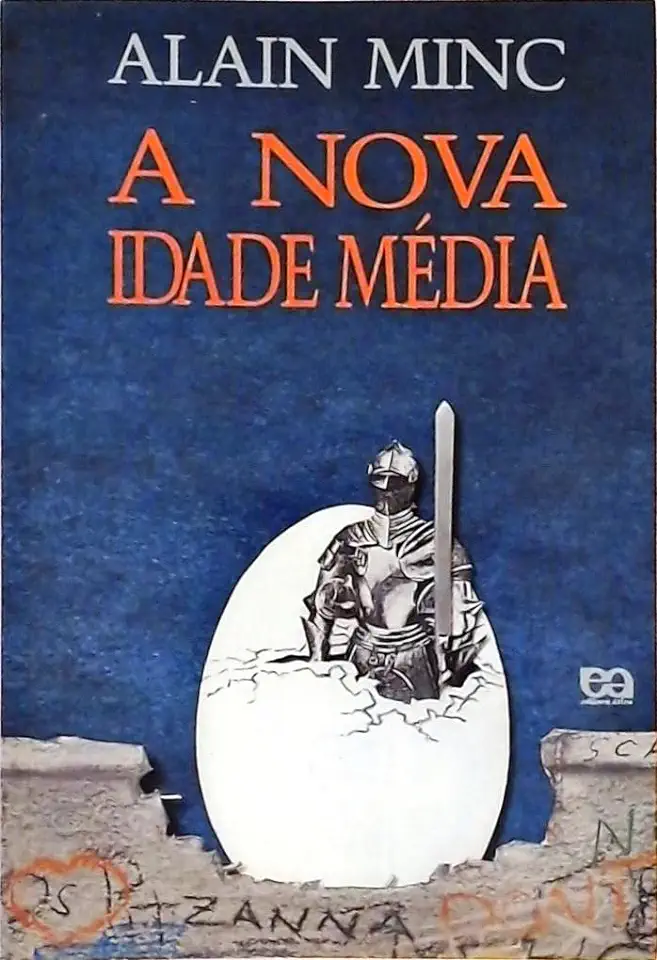
The New Middle Ages - Alain Minc
The New Middle Ages: A Persuasive Summary
In his thought-provoking book, "The New Middle Ages," renowned French economist and philosopher Alain Minc presents a compelling vision of the future, arguing that we are entering a new era of profound transformation comparable to the Middle Ages. Minc draws upon a wealth of historical, economic, and sociological insights to paint a vivid picture of the challenges and opportunities that lie ahead.
A World in Transition
Minc begins by observing that the world is undergoing a series of profound changes that are reshaping the global order. These changes include the rise of new economic powers, the increasing interconnectedness of the global economy, the rapid advancement of technology, and the growing awareness of environmental challenges.
These factors are combining to create a period of uncertainty and upheaval, reminiscent of the Middle Ages, when Europe experienced a profound transformation from the collapse of the Roman Empire to the emergence of the Renaissance. Minc argues that we are now entering a similar period of transition, characterized by the decline of the old order and the emergence of a new one.
The End of the American Century
One of the central themes of "The New Middle Ages" is the decline of American hegemony. Minc argues that the United States, which has dominated the global order since the end of World War II, is now facing a number of challenges that are eroding its power. These challenges include the rise of China, the increasing interconnectedness of the global economy, and the growing awareness of environmental challenges.
Minc predicts that the United States will continue to play a major role in the world, but that its dominance will be increasingly challenged by other powers. He argues that the world is moving towards a more multipolar order, in which power is more evenly distributed among a number of countries.
The Rise of China
One of the most important developments of the 21st century is the rise of China. Minc argues that China is poised to become the world's leading economic power, surpassing the United States in the coming decades. He points to China's rapid economic growth, its large population, and its growing technological prowess as evidence of its potential.
Minc also discusses the challenges that China faces, such as environmental degradation, social inequality, and political repression. However, he argues that China is well-positioned to overcome these challenges and emerge as the dominant power of the 21st century.
The New Middle Ages
Minc argues that the combination of the decline of American hegemony, the rise of China, and the increasing interconnectedness of the global economy is creating a new era of profound transformation. He compares this era to the Middle Ages, when Europe experienced a similar period of transition from the collapse of the Roman Empire to the emergence of the Renaissance.
Minc predicts that the New Middle Ages will be a time of great uncertainty and upheaval, but also of great opportunity. He argues that we must adapt to the changing world order and embrace the challenges and opportunities that lie ahead.
Conclusion
"The New Middle Ages" is a thought-provoking and insightful book that offers a unique perspective on the future of the global order. Minc's analysis is based on a deep understanding of history, economics, and sociology, and he presents his arguments in a clear and engaging manner. This book is essential reading for anyone who wants to understand the challenges and opportunities of the 21st century.
Enjoyed the summary? Discover all the details and take your reading to the next level — [click here to view the book on Amazon!]